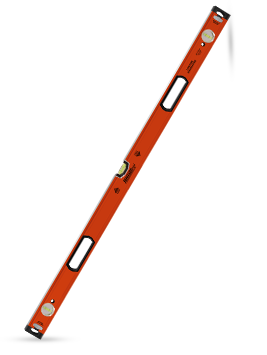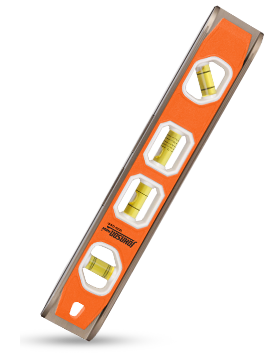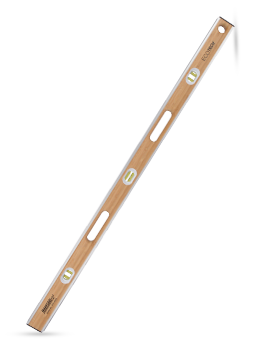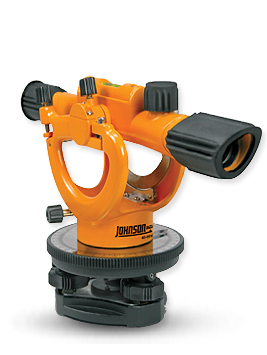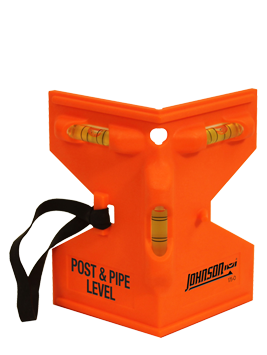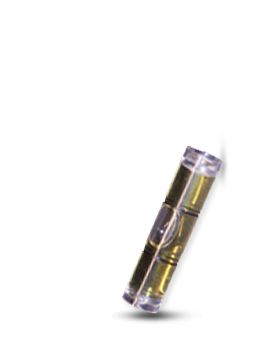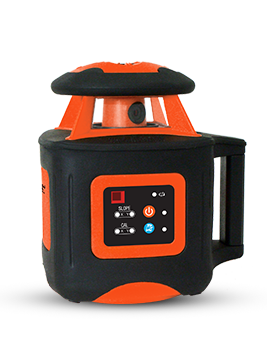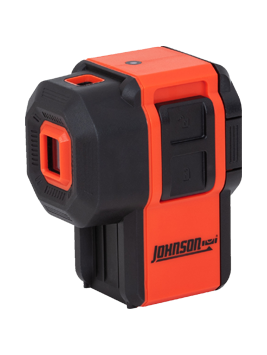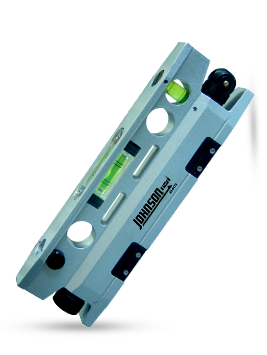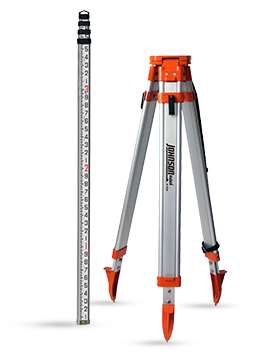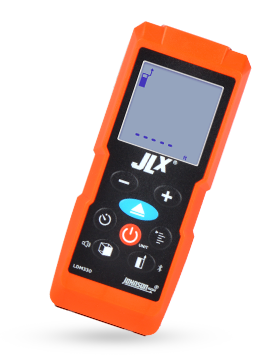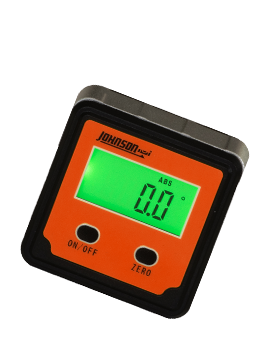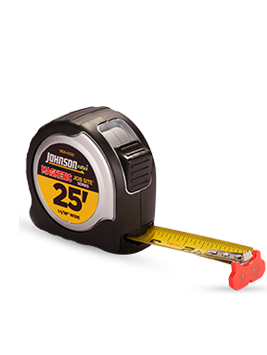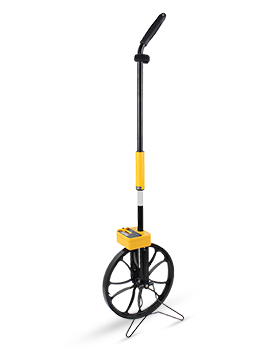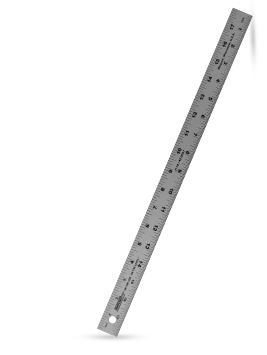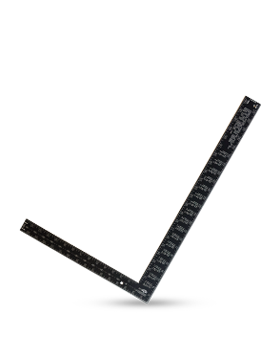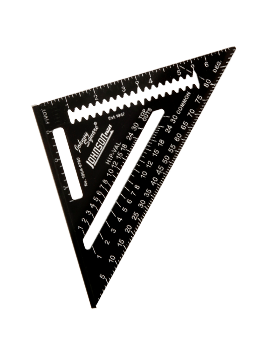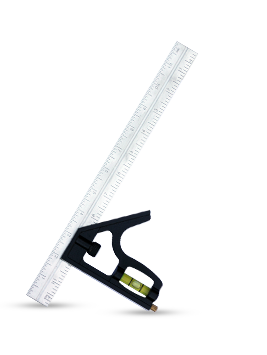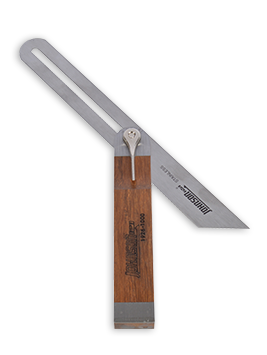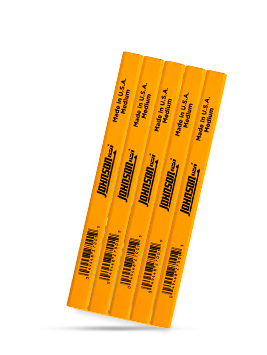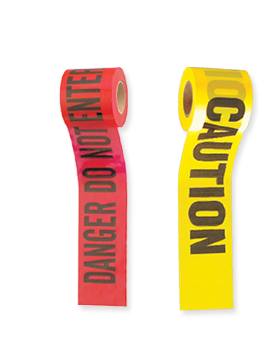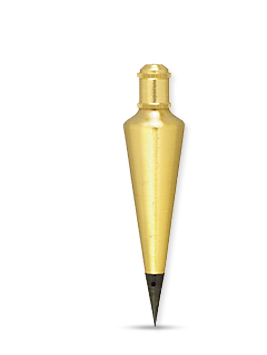Rotary Laser Levels
View all rotary laser levels from Johnson Level.
Check out our how-to guide to choose a rotary laser level.
Rotary laser levels are used for construction projects indoors to shoot a 360-degree horizontal or vertical beam around a room, or outdoors to be used with a laser detector and grade rod for excavation for both digging down or building up. There are a variety of rotary laser levels to choose from. A rotary laser level can be manually-leveling using a mounted bubble level, electronically self-leveling which uses a pendulum leveling system, or automatically self-leveling which uses electronics and gears to find level. This article focuses on rotary laser level technical specifications such as Laser Level Rotation, Laser Leveling Method, Color (Laser Level Wavelength), Intensity (Laser Level Classification), Laser Level Accuracy and Laser Level Working Range. It also features a handy How To Use guide.
Rotary Laser Level Rotation
Rotary Laser Levels project a beam of light 360-degrees, allowing the user to establish a horizontal or vertical plane. In fact, this beam of light is really a single dot of light that can rotate between 100 and 1,100 RPM, giving the appearance of a 360-degree chalk line.
The beam of light is created by what is called a diode, which in this case is simply a semiconductor which produces light when current passes through it. We see diodes everyday on our CD players, computers and television remote controls.
Rotary Laser Leveling Method
Rotary laser levels are leveled one of three ways.
- The first is Manual Leveling, which means you the operator makes the laser level, by adjusting the laser to bubble vials built into the laser. Accuracy is going to depend on the quality of the level vial and the operator’s eye. Although accuracy can be 1/8th inch per 30 feet and setup is longer due to the manual leveling, it is the least expensive laser level available.
- The second method to level a rotary laser is self-leveling, which means the laser levels itself through a pendulum and magnets. Accuracy is typically 1/8th inch per 100 feet, better than manual.
- The third leveling method is Electronic self-leveling also called Automatic Self-Leveling, which uses a series of small servo-motors to level itself to the highest accuracy of 1/16th inch per 100 feet.
Color (Laser Level Wavelength) - Red or Green?
 Color is technically determined by the wavelength of the laser, the laser diode actually, which is measured in nanometers (nm), one billionth of a meter, because of its very small length. The spectrum of color visible to the human eye is between 380 nm (purple) and 750 nm (red). Typically, the color of the laser is red (635 nm) or green (532 nm) which is near the center of the visible spectrum, making it the most visible to the human eye. Johnson Level’s green-beam laser system called GreenBrite Technology is at least 400% brighter and more visible than a red laser. Regardless of the color, you will not be able to see the light from the Rotary Laser Level outside. Outdoor work in daylight always requires a Laser Detector.
Color is technically determined by the wavelength of the laser, the laser diode actually, which is measured in nanometers (nm), one billionth of a meter, because of its very small length. The spectrum of color visible to the human eye is between 380 nm (purple) and 750 nm (red). Typically, the color of the laser is red (635 nm) or green (532 nm) which is near the center of the visible spectrum, making it the most visible to the human eye. Johnson Level’s green-beam laser system called GreenBrite Technology is at least 400% brighter and more visible than a red laser. Regardless of the color, you will not be able to see the light from the Rotary Laser Level outside. Outdoor work in daylight always requires a Laser Detector.
Intensity (Laser Level Classification)
The intensity of the laser is determined by the level of laser light power which is measured in milliwatts (mw), 0.001 or one-thousandth of a watt. Class I and II lasers are low power from below 0.4 mw to 1 mw. Typically, laser levels are Class IIIA, which is between 1 mw and 5 mw. At these levels, the laser is safe if it catches your eye, although you should not stare at it. The nearer your laser is to 5 mw, the brighter it is, and also the more expensive. Since Class IIIB lasers which range from 5 mw to 500 mw and require controls, and Class IV lasers are high power lasers above 500 mw, which are hazardous to view under any condition, they are typically not used for leveling tools.
Rotary Laser Level Accuracy
Accuracy of a rotary laser level ranges from +/- 1/16th to +/- 1/8th of an inch per 100 to 50 feet. Although this accuracy is greater than a spirit level (or a bubble level), a spirit level cannot give you the distance a laser level can.

Rotary Laser Level Working Range
How far the rotary laser goes is typically specified in terms of feet in diameter, which means your 360-degree range. Since the Rotary Laser Level is the center of the range, the distance in any one direction is the radius, or one-half the diameter specified. The range can be up to 2,000 feet in diameter with a laser detector most likely used outside due to the distance and inability to see the laser outside. If you're inside and can see the laser, the range can be greater.
Now that you are familiar with the technical specifications of a rotary laser level, you are now ready to understand How Rotary Laser Levels Are Used by Contractors on the Job Site.
How to Calibrate a Rotary Laser Level
- Place your manual rotary laser level on a flat surface or tripod in a room with two opposing walls.
- Put the unit 1’ from one wall, and at least 20’ from the opposite wall.
- Orient the laser along the axis of the vial you want to level. The vial should point to both walls.
- There are two screws on the unit which correspond to each vial. Adjust the screws until the unit is level along both axes. Both vials should show bubbles resting between the two black lines.
- Turn on the laser.
- Mark where the laser hits the near and far walls.
- Move the laser 1’ from the far wall.
- Level the laser and adjust the height so it hits the mark you made on the far wall.
- Walk over to the initial near wall and measure the difference between the first mark and laser line.
- If the difference is less than or equal to your level’s specified accuracy, your unit is calibrated correctly.
- If the difference is greater, your unit needs further calibration. Continue to step 10.
- Go back and adjust the laser so it hits halfway between the two marks you measured. This mark is true level.
- Remove the screw cap for the vial. Using the appropriate tool, adjust the vial until it is level.
- Your unit is now properly calibrated.
How to Use a Rotary Laser Level
- Set up your rotary laser level. This type of level is best used on an elevated flat surface. A tripod is the best choice, but saw horses and buckets work as well.
- Place the level on your chosen surface and turn it on.
- If the device is self-leveling, allow it time to find level. This process generally takes less than a minute. If it requires manual leveling, consult the user's guide on proper procedure to ensure correct measurements.
- The receiver will beep to indicate a connection with the laser, as it cannot be seen in daylight.
- Aim the rotary laser level at the wall or other surface at which you want to find level. Make marks and lines to guide installation.
View all rotary laser levels from Johnson Level.
Check out our how-to guide to choose a rotary laser level.
©2010 Johnson Level & Tool Mfg. Co., Inc.

